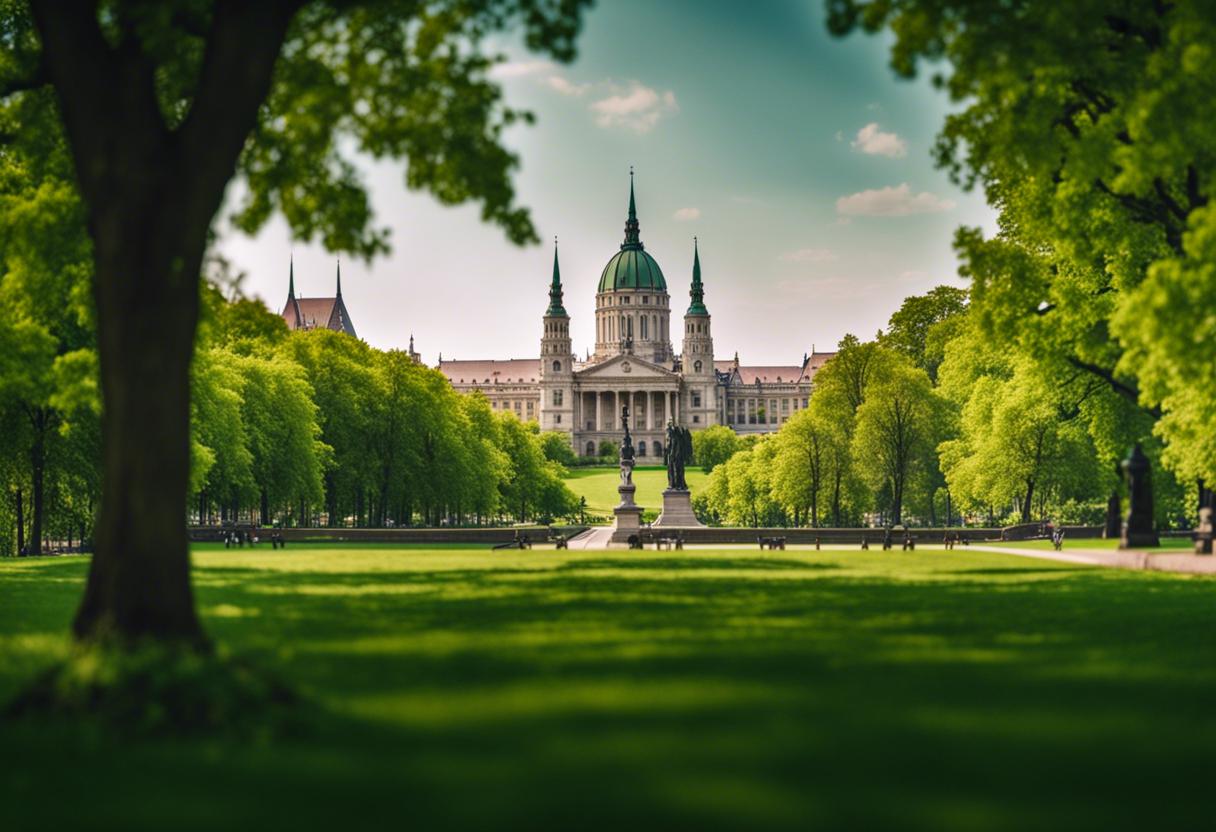Following the collapse of the Soviet Union in Hungary in 1989, the residents of Budapest found themselves grappling with an intriguing issue: how should they deal with the bevy of statues? Choosing not to completely eliminate these historical figures, the solution they opted for was to place a good number of them in a park situated on the city’s outskirts, an area now referred to as Memento Park.
The park became a kind of open-air museum, housing the Soviet-era statues and it was envisioned as a means to narrate Hungary’s history under communist rule. Judit Holp, the figurehead for tourism and civil relations at Memento Park, sheds light on this decision, “Initially there was a total of 61 statues. After much public disagreement over them, the consensus was to remove 41 from Budapest’s public squares. The entire debate surrounding the statues spanned two years from 1990 until 1992. Roughly speaking, around 80% of Budapest’s inhabitants were in favour of preserving the statues.”
The variety of statues preserved ranges from life-size sculptures to significantly taller ones. Red Army servicemen, representations of Stakhanovite workers, as well as images of communist history’s well-known personalities like Vladimir Lenin and Karl Marx, form part of this collection. Situated on the outskirts of Budapest, Memento Park is quite remote. Visitors typically reach the park’s entrance via the city metro and then wait for a rather unpredictable bus service. However, the bus driver, often discerning of tourists, is likely to indicate when the right stop for Memento Park is approaching.
How past communist-ruled countries in Eastern and Central Europe dealt with their statues post the Soviet Union’s collapse vary. According to Holp, “Bulgaria chose to neglect theirs, leaving all statues at their original sites but without any care or maintenance. Czechoslovakia and Poland almost wholly destroyed theirs. In contrast, Ukraine, Belarus, and Moldova still have their statues in their original locations. The Baltic countries, on the other hand, set up a large museum, but that was only in the early 2000s.”
When it came to the manifestation of Budapest’s statue park, other suggestions were proposed. One such concept was to construct a massive gallows-like structure where the statues would hang, symbolising a figurative death penalty for a certain ideology.
The second proposed plan was to bury the statues in a vast pit reminiscent of a shallow grave, leaving them to deteriorate naturally through weather exposure and allowing visitors to vent their emotions over them, explains Holp. Nevertheless, the concept that was selected was a ‘tyranny memorial park,’ later renamed as Memento Park. The park’s architect aimed to inform visitors about the perils of tyrannical rule.
The destiny of Soviet statues located outside of the capital was variable. Some statues erected in honour of workers from industrial cities were maintained undisturbed at their first sites. Others found their way into museums, while a certain communist-era statue was deserted in a forest. Statues honouring Red Army soldiers who fought against Nazi Germany in World War II were often relocated to the burial grounds of Hungarian soldiers who perished in the same war.
Dr Lucy Jeffery of the University of Reading warns that Memento Park, a museum currently threatened in Hungary’s climate, is at risk. The nationalist government of Hungary, led by Prime Minister Viktor Orban, is known for its tendency to manipulate historical memory to fit its own narratives. The country’s right-wing government has been asserting control over the content of several museums over its 14 years in power, amidst a crackdown on civil society and political opposition.
Jeffery, currently part of a project studying how communism is remembered in former Soviet vassal states, assures that Memento Park has resisted attempts to distort the history of the fast-declining era or utilise it to construct a modern political story. Visitors to the park experience history based on their personal perspectives, rather than imposed narratives. Jeffery further suggests that such a model could guide other nations, like Britain, in dealing with controversial historic figures, such as those involved in the slave trade.

